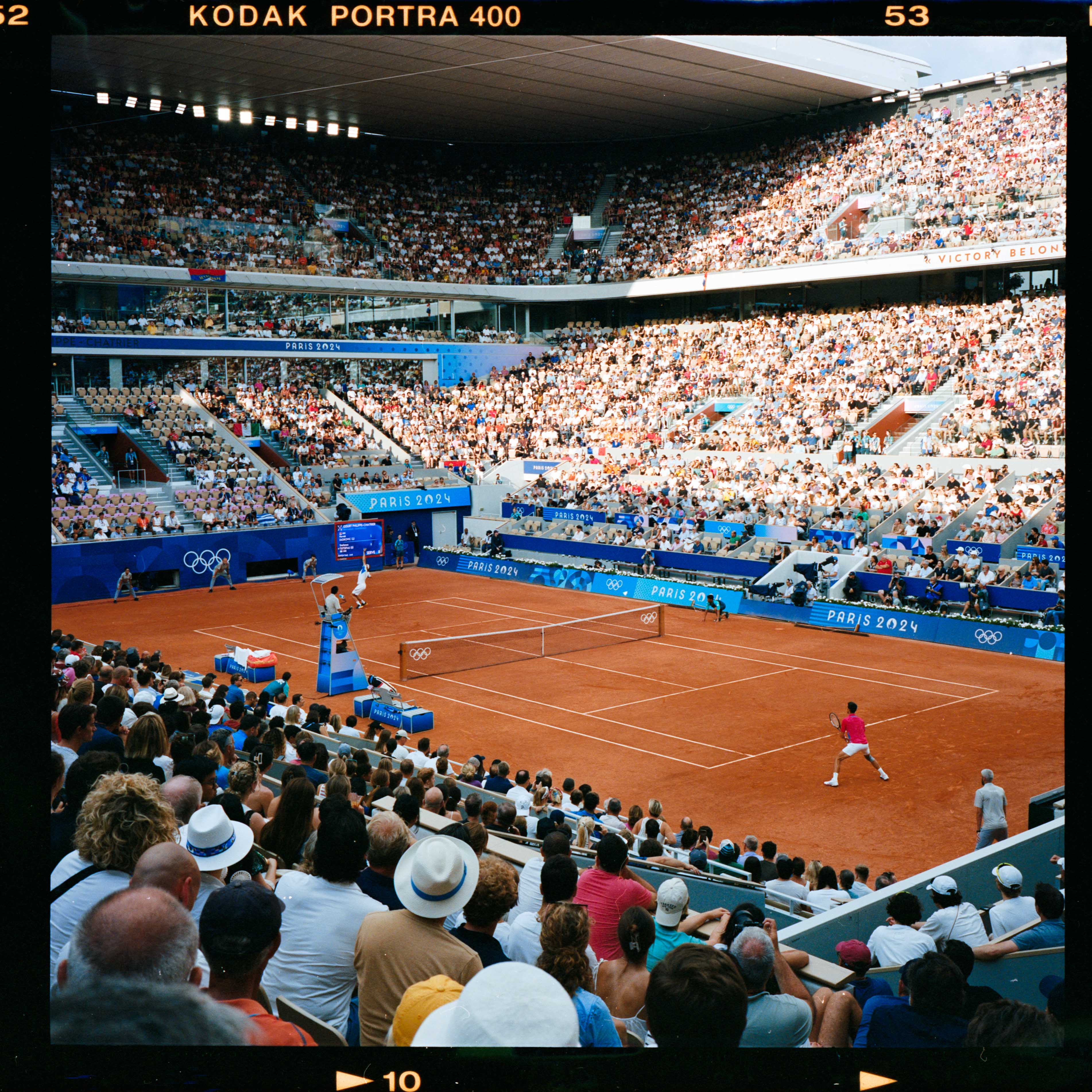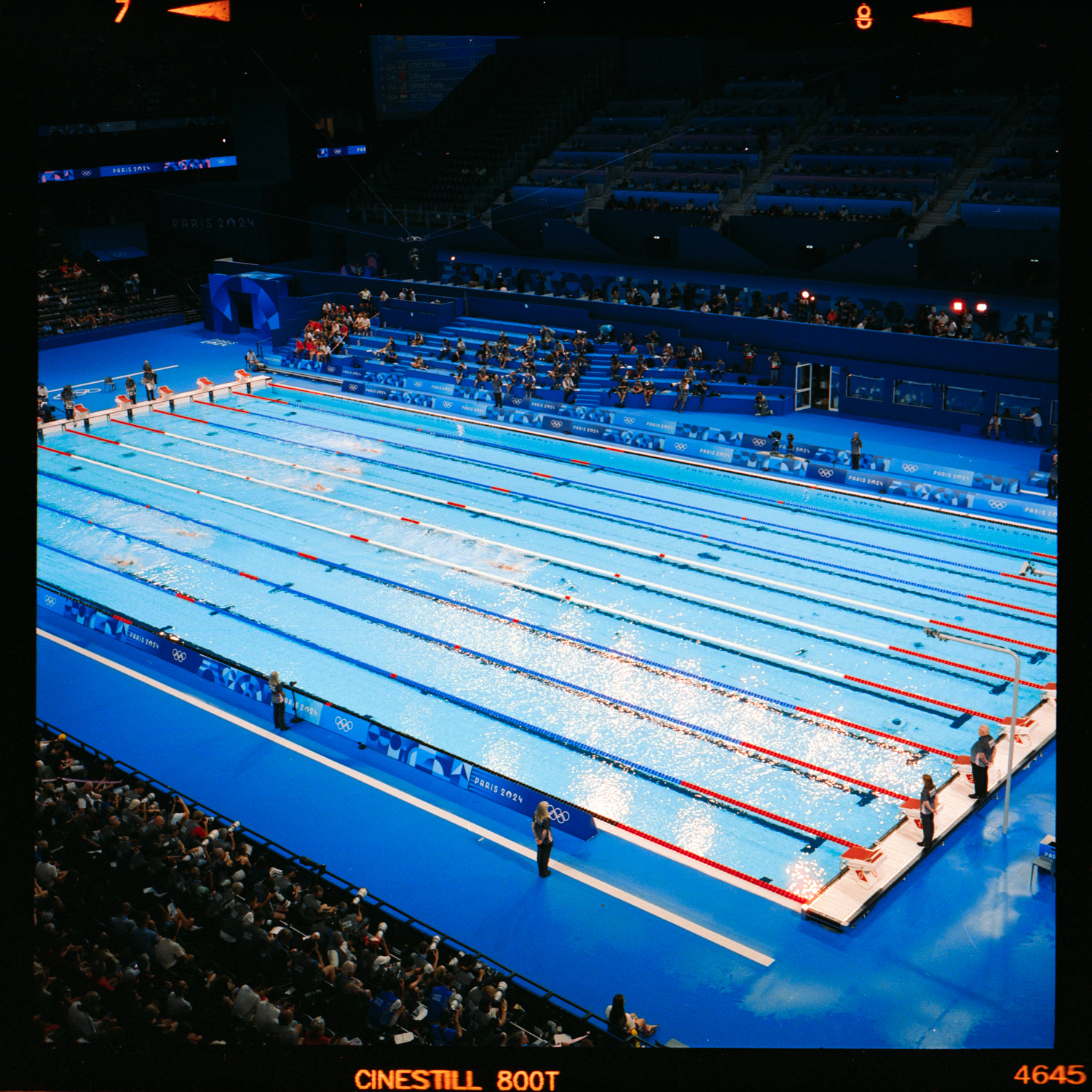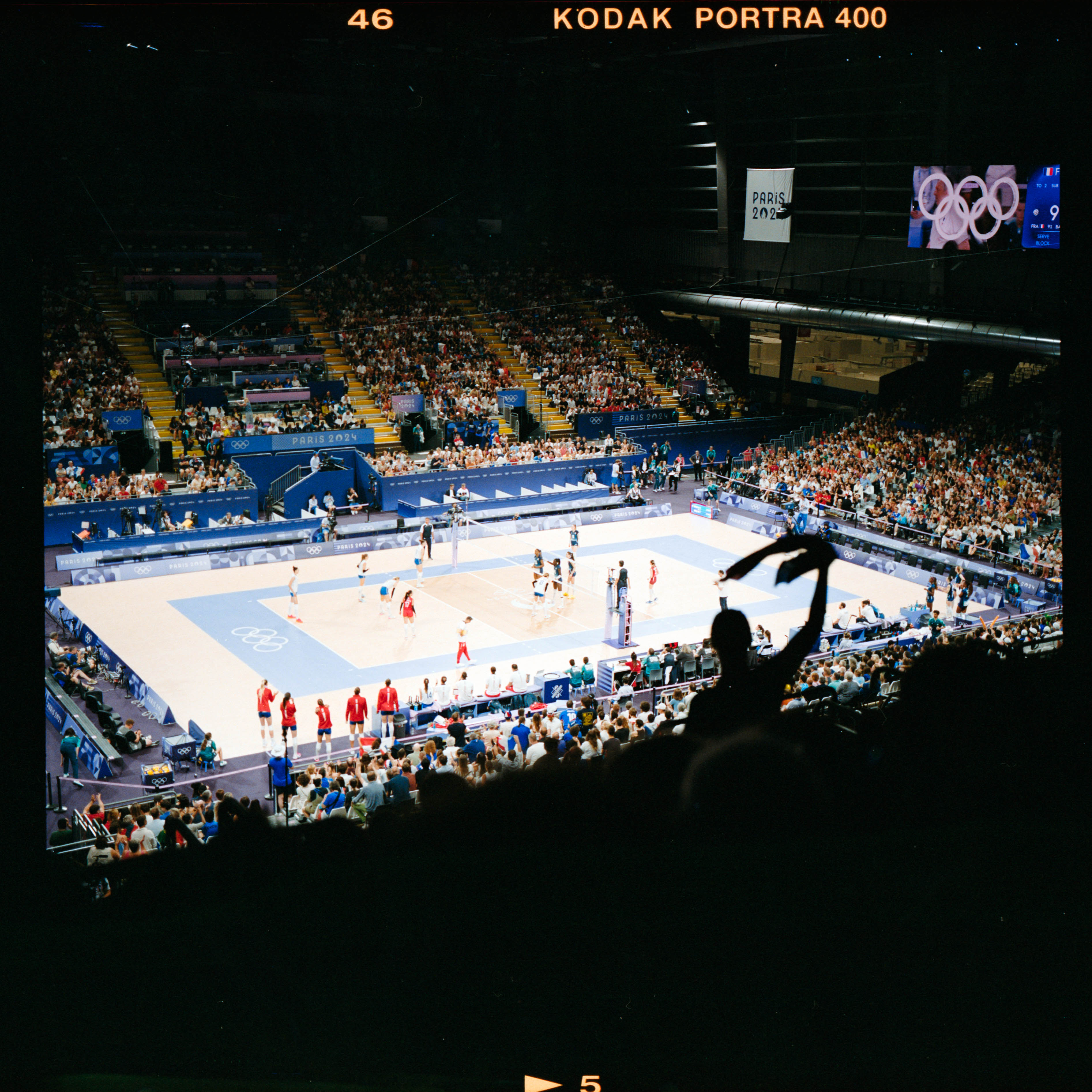The Summer Olympic Games - Paris 2024
Although this blog is usually dedicated to various technical topics, I wanted to switch things up and reflect on a rather special experience I had this year - attending the summer Olympic games in Paris, France (not to be confused with the wonderful film: Paris, Texas).
Between 2021 and 2024, I worked as a software engineer at a company called Front (I would still like to flex that Front owns the domain front.com). Front was founded in 2015 by two wonderful folks, Mathilde Collin and Laurent Perrin, in Paris. The company eventually moved it’s headquarters to San Francisco, although a small and passionate group of folks still work out of an office in the 2nd arrondissement in Paris.
During my time at Front, I grew rather close to a number of folks in the Paris office. When traveling to visit the SF office, such as during a company onsite, they would often arrive a week early and we would plan a small trip with them. In the summer of 2023, for instance, a number of us took a trip to the Redwoods in northern California. The hospitality extends both directions, and I found myself in the company of my Parisian coworkers whenever I would visit Europe. In the fall of 2023, for example, I planned a five week trip to Europe. I only had the first week of my trip planned, however, and instead relied on the advice of my cowokers on where to go once I visited them in Paris.
As such, one of my American coworkers and I planned a trip to the 2024 summer Olympic games in Paris. It’s a city we’re both familiar with, and in many ways feels like a home away from home. I’d like to reflect on both some practical aspects of the trip (which might be especially useful for anyone considering going to the 2028 Olympics in LA), in addition to some more special moments I had while in Paris.
A Recap of Events
My time spent in Paris was relatively short - I stayed for just 8 days. Housing was particularly expensive during this time, and we were lucky enough to stay at one of our coworkers apartments, but I didn’t want to spend more time than needed camping out in their home. During those eight days, I saw the following events
- Badminton (group stages)
- Swimming (heats)
- Indoor volleyball
- Handball
- Table tennis
- Tennis
- Soccer
- Badminton (quarterfinals)
- Swimming (Gold medal matches)
I’ve been asked by a lot of folks which events were my favorite, to which I have frequently answered that it’s a tie between tennis and swimming. I’ll go into some more details here
Tennis Quarter Finals - Djokovic vs Tsitsipas
If you’ve never seen a high-level, live tennis match before I seriously cannot recommend it enough. The atmosphere during these games is unlike anything I’ve ever experienced. Tennis is very much a “gentleman’s sport”, which means that there is a well established etiquette between the players and the crowd during a match. Before each serve, the crowd goes completely silent. The Stade Roland Garros - the stadium where the match is held - holds nearly 15,000 fans. Despite the size of this crowd, you could easily hear a deep breath taken by the players in the silence before a serve. The experience is so unlike anything I’ve ever seen that I honestly think it will stay with me forever.
We also got very lucky with these tickets, which we had bought months prior, and got to see Djokovic play live. The match was riveting, and Djokovic made a huge comeback in the second set to win (he was originally down 0-4).
 Mamiya 6 | 75mm f3.5 | Portra 400+1
Mamiya 6 | 75mm f3.5 | Portra 400+1
Swimming
During the first few days of our visit, we had tickets to watch a number of swimming heats. Again, we got quite lucky with our tickets that we had bought months prior and got to see swims from some pretty famous athletes. Pictured below is Katie Ledecky absolutely crushing the competition in the 1500m freestyle. We also got to see Leon Marchand swim two heats - the French crowd really added quite the atmosphere for these.
 Mamiya 6 | 75mm f3.5 | Cinestill 800T
Mamiya 6 | 75mm f3.5 | Cinestill 800T
Although swimming might not have been as riveting competition-wise as the tennis quarterfinals, the atmosphere in the arena was incredible. Again, the crowd goes nearly silent before the start so that the swimmers can hear the starting sound before erupting in cheers for the entire duration of the race.
General Event Advice
I saw seven different events over nine timeslots - the following are some takeaways:
- Later-stage events are noticeably more enjoyable than early-stage events. This was most obvious after having watched preliminaries for both badminton and swimming and then watching later stage matches (the quarterfinals and gold medal matches, respectively). Later-stage events lend themselves to more fierce competition, and the crowd tends to be more engaged as well. Especially during the badminton quarterfinals, I noticed large groups of passionate fans for each country that really added meaningfully to the atmosphere.
- Prioritize events with athletes from the host nation. The French fans were incredible on this trip, and it was hard not to engage in their enthusiasm while they were supporting French athletes.
- Events with multiple “games” are a better bang for your buck. A good example here is the contrast between badminton and indoor volleyball. The badminton venue had three games being played simultaneously, whereas the volleyball venue was just a single game. Furthermore, we got to see seven total badminton games versus just a single volleyball game. If there’s only a single game, the odds that you’ll get to see some good volleys and strong competition diminishes.
- Splurge!! Of course how anyone lives their life financially is up to them. However, I can really attest to the fact that the Olympics are a once in a lifetime experience. I dropped a few hundred dollars on the gold medal swimming match once I got there, and I don’t regret it for a second. Watching Katie Ledecy win her fourth consecutive gold medal in the 800m freestyle live is something that not many people can claim to see have seen.
The “Mushy” Stuff
With the practical advice out of the way, please allow me a moment to gush about some of the more special moments at the Olympics.
My biggest takeaway from watching the games live is that there is a stark contrast between the experience of being in person and following the games online. To illustrate this, I encourage the reader to define what they think the purpose of the Olympic games is. If you had asked me before my trip, I would have stated something about it being an international competition, and a platform to witness the limits of human physicality and sport. After returning, however, I have a slightly different view.
Let’s begin by looking at one of the definitions given in the Olympic charter:
The goal of Olympism is to place sport at the service of the harmonious development of humankind, with a view to promoting a peaceful society concerned with the preservation of human dignity
This aligns very closely with my experience at the games. Contrary to what is covered on social media or NBC, the Olympics is not about medal counts or even being the highest platform of competition for many sports.
Instead, I left with a strong feeling of international harmony.
Let me illustrate this with an example. During the badminton quarter finals, there were three courts playing at a time. At one point, six different nations were represented on the court - Denmark, China, Taiwan, France, Indonesia, and India. Each of these nations had a set of dedicated, supportive fans in the stands who would start cheers in their own language for the athletes. Yet I seldom found that these fans were the only ones cheering for a given nation. Everyone there was happy and supportive, and it seemed that all the fans would cheer for a given game at one point or another. There was such an overwhelming feeling of peacefulness knowing that everyone in that stadium had traveled the size of the earth to end up in the same room together. And although everyone had a nation to support, no one was limited to supporting just that single team.
If you watch the typical Olympics coverage on NBC, it’s easy to forget that nearly the entire world is represented in the Olympics. Understandably, we tend to prioritize coverage of American athletes and focus on world records and medal counts. However, I think it really takes away from the fact that the Olympics is a wonderfully organized melting pot where everyone can come together to speak one language - sport.
Photography Advice
As you can see from the above images, I took a few film photos on my trip. I brought two cameras - the Mamiya 6 with a 75mm f3.5 lens and the Olympus XA. Apparently, in previous Olympics, they were quite strict about what cameras folks could bring into the events. I was initially worried I would have trouble getting my Mamiya 6 into the venues, but I found that many folks around me had significantly larger cameras. The only restriction that I could find online is that lenses had to be shorter than 200mm.
Lens Selection
My biggest regret on this trip was not bringing my wide-angle lens for the Mamiya 6. Unless you get lucky with really good seats, I’m under the impression that even the best telephoto lenses you could legally squeeze into the arena would not be enough to get good action shots of the athletes (especially if you’re using a rangefinder like me). As such, I wish that I had a wide-angle lens to really capture the experience of being a spectator. I think that this photo accomplishes that well.
 Mamiya 6 | 75mm f3.5 | Portra 400+1
Mamiya 6 | 75mm f3.5 | Portra 400+1
This was only really possible to capture with the 75mm since I was so far up in the stands.
Film Selection
Most of the venues are quite dark, and I generally found that 400 ISO was not fast enough to shoot with my relatively high aperture medium format lens. As such, I shot all of my Portra 400 at 800 ISO and pushed during development. All the photos came out great, but it’s something to keep in mind.
CDG
Paris Charles de Gaulle Airport, or CDG, is a notoriously unpleasant airport. Last summer, while flying home from Paris, security absolutely refused to hand-check my film. I ended up putting it through their scanner, and there were no artifacts as far as I could tell. This time, however, I wanted to avoid such a situation and tried to get my film developed in Paris. Unfortunately, the film lab I wanted to go was closed for the summer. As such, I braved the security line and asked for a hand check. Flying out of terminal L, the guy at security said it was fine and gave me a hand check - although he was definitely a bit confused about what I was asking. If you’re flying out of CDF with film, do so at your own risk!